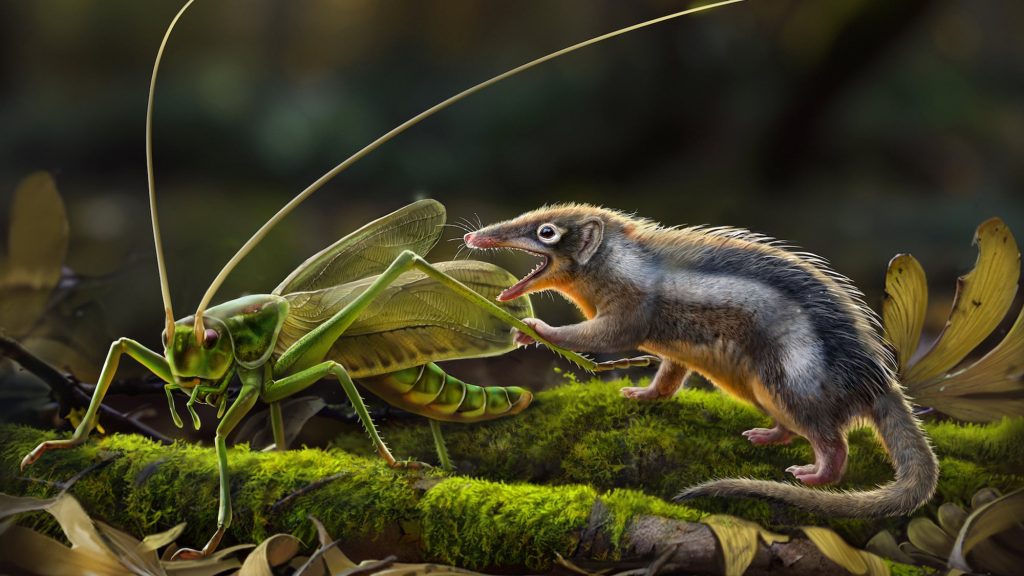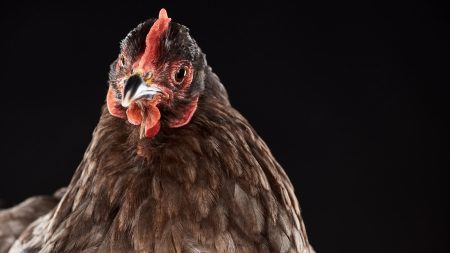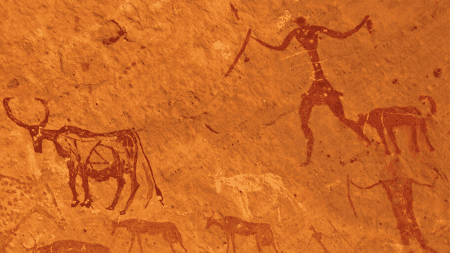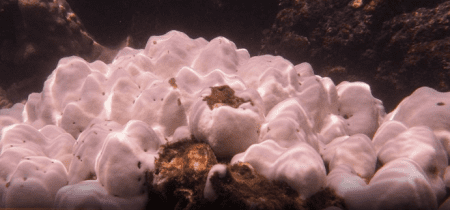The living creature family tree has many different species–big blue whales, great apes, bats, rodents, and humans, to name a few. The early development of mammals is somewhat unclear, with some placental mammals even probably living alongside dinosaurs and others appearing much later.
Now, some teeth and ear bones found in present day Inner Mongolia are providing some new insight into early mammal evolution. The discoveries are detailed in two studies published April 3 in Nature that includes the work of scientists from the United States, Inner Mongolia, China, and Australia.

Keeping up with the shuotheriids–and their teeth
In the first study, researchers studied the shuotheriids. This group of mouse-sized mammals from the Jurassic period had molars that are different from those in any living mammals. Their molars had a pseudotalonid– or a basin-like structure in their lower molars more similar to reptiles. In comparison, living mammals have a tribosphenic pattern that interlocks with upper molars when chewing food.
“This unique tooth pattern has hindered our comprehension of shuotheriid relationships and the first steps in the evolution of mammaliaform species,” study co-author and Monash University paleontologist Patricia Vickers-Rich said in a statement.
With these unique back teeth, where these animals fit in the timeline of mammal evolution has been puzzling. Shuotheriids have previously been linked to a group called australosphenidans. This group includes living mammals that lay eggs like the platypus called monotremes. However, this relationship has been a bit controversial among scientists and leaves more questions that aren’t explained by some features seen in later mammals like different molars.
The team analyzed two newly uncovered and well-preserved skeletal fossils of shuotheriids. They lived in the Middle Jurassic between 168–164 million years ago in what is now Inner Mongolia. The team found that the molars of these animals were more similar to another extinct mammal group called the docodontans and not the australosphenidans. The two specimens also belong to a new genus and species named Feredocodon chowi.
[Related: A boiling hot supercontinent could kill all mammals in 250 million years.]
“When you look at the fossil record, both for mammals and many other sorts of animals, teeth are the part of the body that you are most likely to recover,” study co-author and curator in the American Museum of Natural History’s Division of Paleontology Jin Meng said in a statement. “Yet since the 1980s, the perplexing tooth shape seen in shuotheriids has been a barrier to our efforts to understand early mammal evolution. These new specimens have allowed us to solve this longstanding problem.”
The team believes that some common mammal ancestor independently gave rise to major groups of mammaliaforms: Docodontiformes, Allotheria, and Holotheria.
Listen up!
The second study focuses on the fossilized skulls of Feredocodon chowi and second new species named Dianoconodon youngi. It lived in the Early Jurassic between 201–184 million years ago. It was similar to an Morganucodon, an extinct rat-like creature that many people believe is one of the earliest mammals.
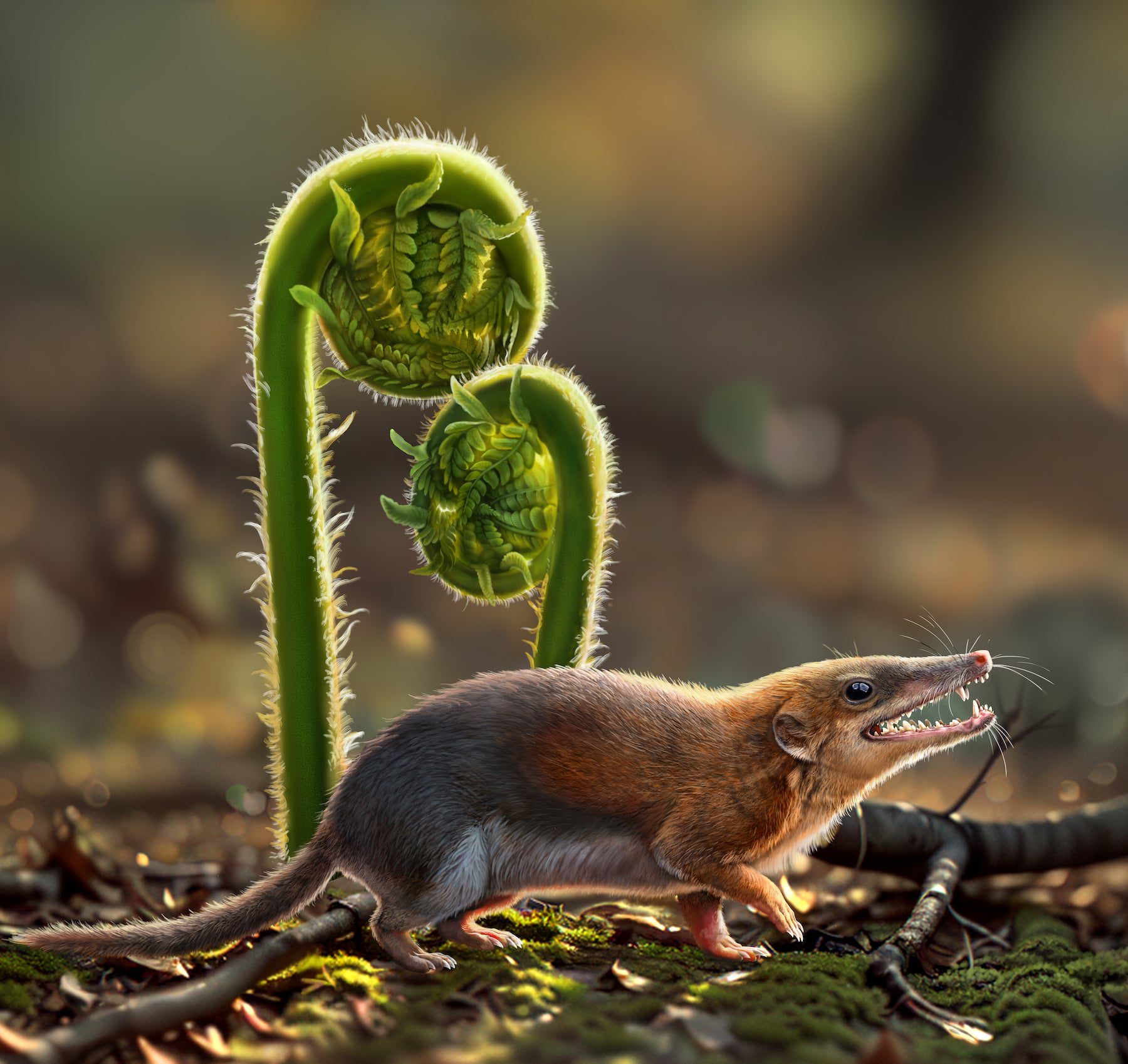
Scientists examined the makeup of Dianoconodon youngi’s inner ear, which helps provide modern mammals with keen hearing. Inside the inner ear, the section that transforms sound vibrations into waves in the fluids has three bones. These parts, called auditory ossicles, are a distinguishing feature of mammals; birds and reptiles only have one inner ear bone. During the early evolution of mammals, the bones in the jaw joints separated and became linked with hearing.
[Related: A new theory of evolution may solve the puzzle of shrinking animals.]
Both Feredocodon chowi and Dianoconodon youngi fossils provide some fossil evidence of this evolutionary shift in progress, as mammals transformed from a group including lizards, crocodiles, and dinosaurs. The team suggests that this shift began from an ancestral creature with a double jaw joint. It probably had a mammal-like joint on the outside and a more reptilian joint on the inside.
Examinations of the older fossil (Dianoconodon youngi) indicate that one of its two joints, the reptilian one, was already starting to lose its ability to manage the pressures from chewing. The younger fossil (Feredocodon chowi) had a more mammal-like inner ear that was developed and suited exclusively for hearing.
“Scientists have been trying to comprehend the evolution of the mammalian inner ear since Darwin’s era,” stated Meng. “While fossil discoveries have helped uncover the process in the last few decades, these new fossils reveal a vital missing link and enhance our understanding of the gradual evolution of the mammalian inner ear.”





